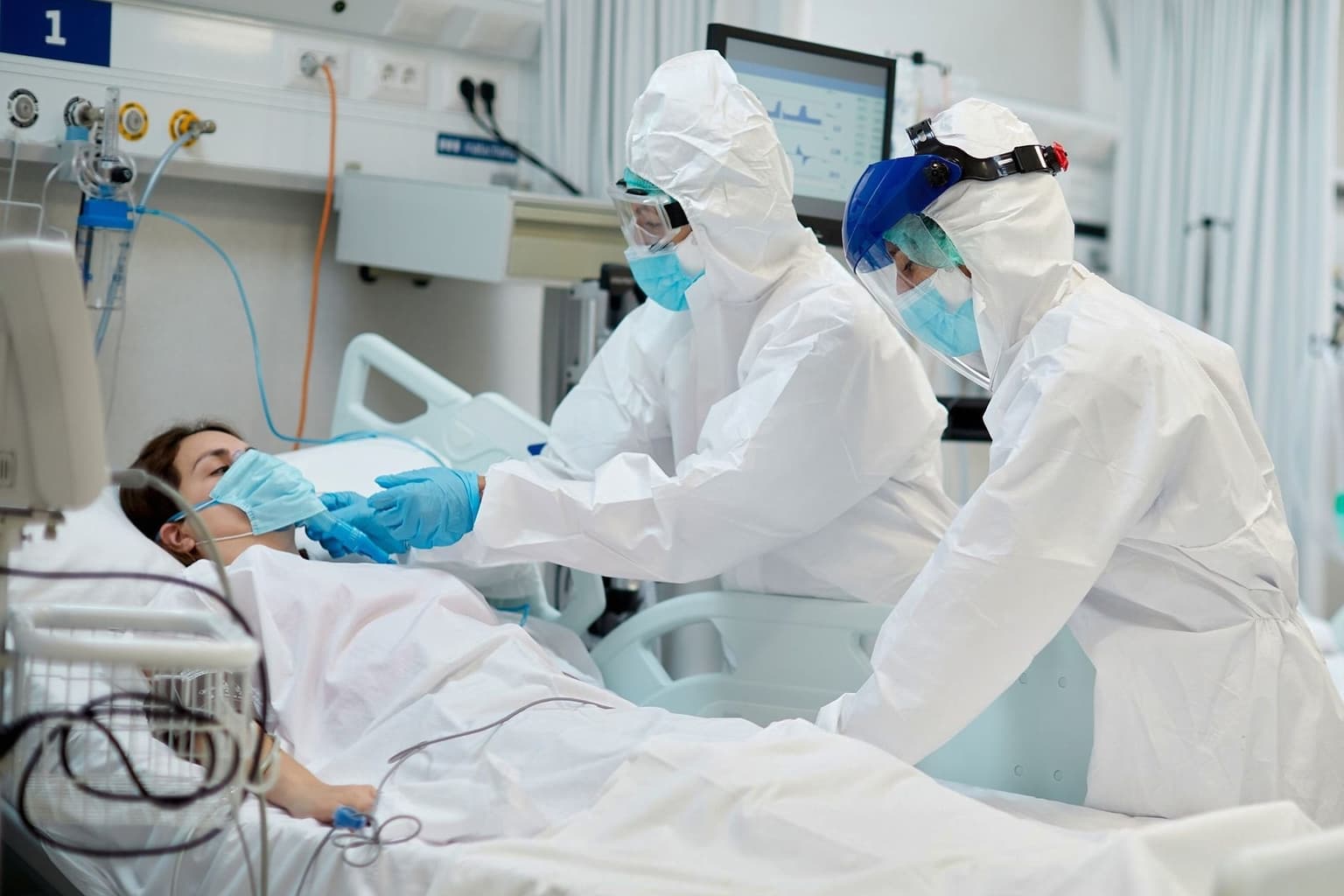
The Ministry of Health announced the beginning of a new Covid-19 outbreak, as 18,479 new cases were recorded nationwide on Jan. 19.
The ministry identified western Ukraine, specifically Ivano-Frankivsk Oblast, as having the highest number of cases.
On Jan. 20, Health Minister Viktor Lyashko asked local authorities to place Ivano-Frankivsk Oblast under the strictest quarantine designation level, the red zone.
The current set of red zone rules stipulates that most non-essential shops and venues must ask to see a Covid-19 vaccination certificate, negative PCR or antigen test, or a certificate of recovery before allowing entry. Educational institutions with a staff vaccination rate of less than 100% must shut their doors during red zone restrictions.
The Omicron variant, a strain of the virus that has proved to be highly infectious since its initial discovery in South Africa in November, was first detected in Ukraine on Dec. 18, with the government predicting an outbreak in late January or early February. Omicron has now been detected in 10 out of 24 Ukrainian regions.
The Ukrainian government has tried to encourage its citizens to get vaccinated by making vaccination centers widely accessible and even offering a financial incentive of Hr 1,000 ($35). The money can only be spent on designated goods and services, such as books, domestic plane or train tickets, and tickets to theaters or museums.
However, despite all its efforts, Ukraine has fully vaccinated only 14.3 million people, or 37% of its general population. Ukraine's vaccination rate is one of the lowest in Europe.
The vaccination campaign's slow progress can be attributed to a large number of Ukrainians who refuse to receive the vaccine, often due to fears fuelled by online misinformation. As a result, Ukraine has had to combat numerous illegal operations that produce and distribute fake vaccination passports, PCR tests, and other forged documentation.











